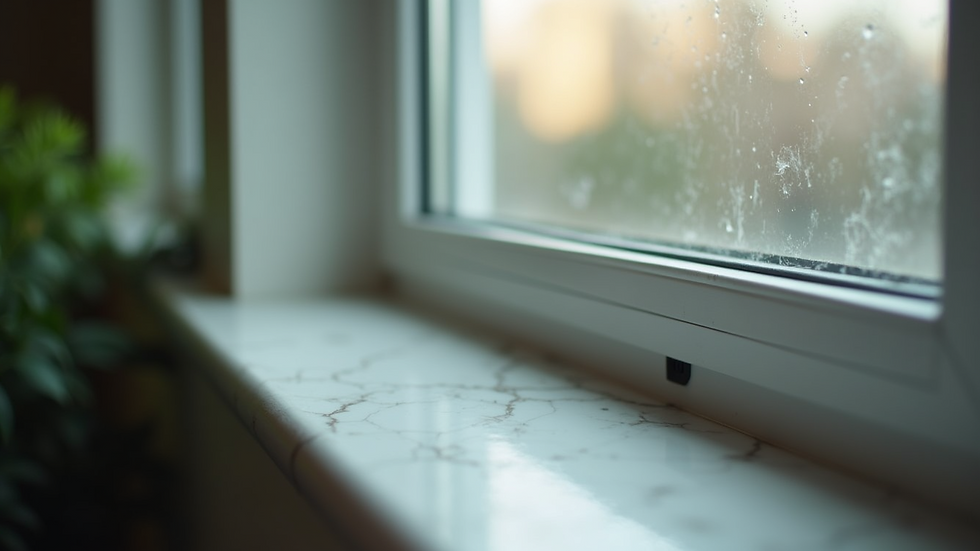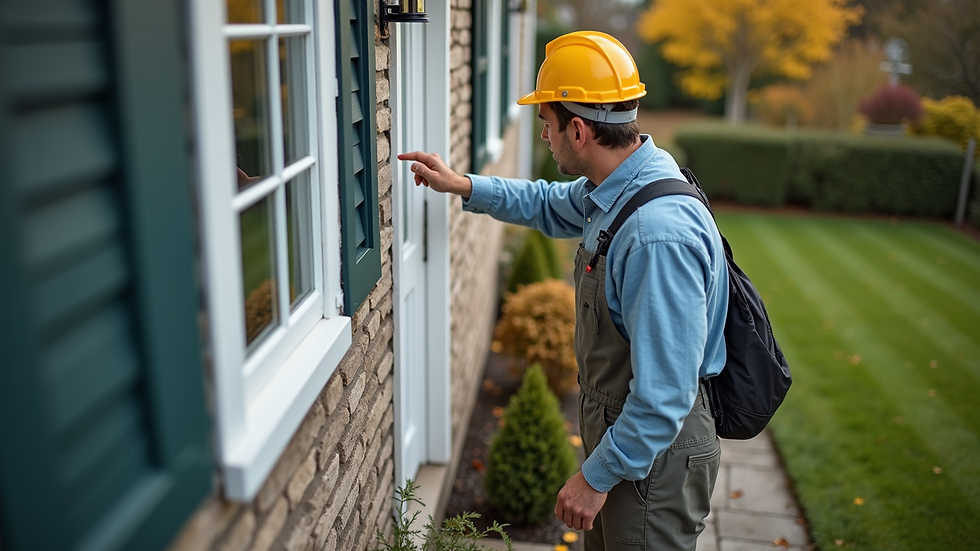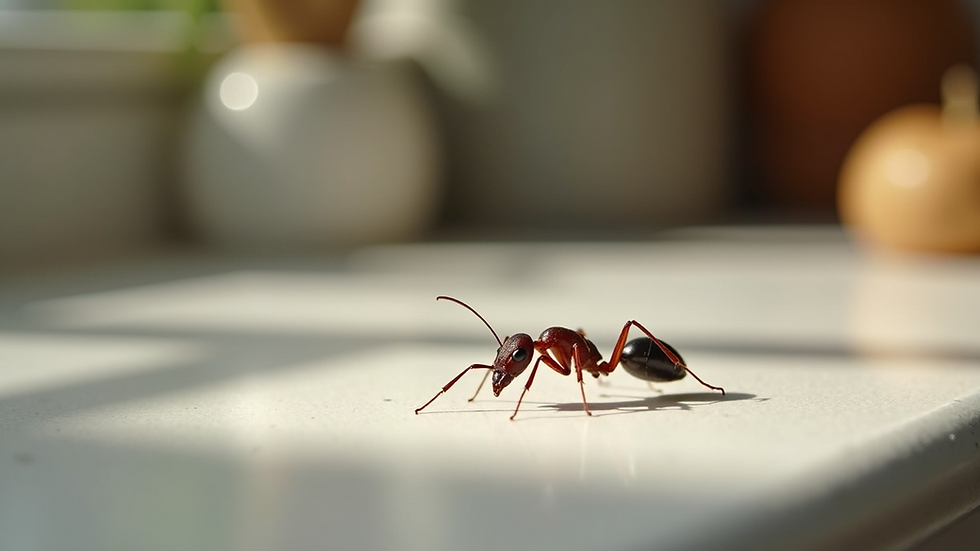Effective Ways to Maintain a Pest-Free Environment
- David Kelley
- Sep 25
- 3 min read
Pests can be more than just a nuisance; they can cause damage to your property and pose health risks. Maintaining a pest-free environment is essential for comfort, safety, and hygiene. Fortunately, there are practical and effective ways to keep pests at bay. This article explores actionable strategies to help you create and sustain a pest-free space.
Understanding the Importance of a Pest-Free Environment
A pest-free environment is crucial for several reasons. Pests such as rodents, insects, and termites can damage your home’s structure, contaminate food, and spread diseases. For example, cockroaches can trigger allergies and asthma, while rodents can chew through electrical wiring, increasing fire risks.
Maintaining cleanliness is the first step toward pest control. Regularly cleaning your living or working space removes food crumbs, spills, and clutter that attract pests. Sealing cracks and gaps in walls, windows, and doors prevents pests from entering. Additionally, proper waste management, such as using sealed trash bins and disposing of garbage frequently, reduces breeding grounds for pests.

Practical Tips for a Pest-Free Home or Workplace
Creating a pest-free environment requires consistent effort and attention to detail. Here are some practical tips to help you maintain a pest-free space:
Keep food sealed and stored properly: Use airtight containers for food storage to prevent attracting ants, cockroaches, and rodents.
Fix leaks and moisture problems: Pests like termites and silverfish thrive in damp environments. Repair leaking pipes and ensure proper ventilation.
Regularly inspect and clean: Check for signs of pest activity such as droppings, nests, or damage. Clean under appliances and furniture where pests may hide.
Use natural deterrents: Plants like mint, lavender, and basil can repel certain insects. Essential oils such as peppermint oil can also be effective.
Maintain outdoor areas: Trim bushes and trees away from the building, remove standing water, and keep the lawn tidy to reduce pest habitats.
Implementing these steps can significantly reduce the chances of pest infestations.

Affordable Pest Management Solutions
Sometimes, despite your best efforts, pests can still find their way inside. In such cases, professional pest control services can provide effective solutions. Choosing affordable pest management services ensures you get expert help without breaking the bank.
Professional pest control companies use targeted treatments that are safe and efficient. They can identify the type of pest, the extent of infestation, and the best method to eliminate them. Regular inspections and maintenance plans offered by these services help prevent future infestations.
DIY pest control products are also available, but they may not always be effective for severe infestations. Combining professional services with your preventive measures offers the best results.

Long-Term Strategies to Keep Pests Away
Sustaining a pest-free environment requires long-term strategies beyond immediate fixes. Here are some recommendations:
Routine Maintenance: Schedule regular inspections of your property to catch early signs of pest activity.
Landscaping Adjustments: Design your garden and outdoor space to minimize pest habitats. Avoid dense shrubbery near the building and use gravel or mulch to deter burrowing pests.
Proper Storage: Store firewood, building materials, and compost away from the main structure to prevent attracting pests.
Educate Occupants: Ensure everyone in the household or workplace understands the importance of cleanliness and pest prevention.
Use Barriers and Screens: Install door sweeps, window screens, and mesh vents to block pest entry points.
By integrating these strategies into your routine, you can maintain a healthy, pest-free environment over time.
Monitoring and Responding to Pest Activity
Early detection is key to effective pest control. Regularly monitor your environment for signs of pests. Look for:
Droppings or urine stains
Gnaw marks on furniture or wiring
Unusual odors
Damaged plants or wood
Sightings of live or dead insects and rodents
If you notice any of these signs, act promptly. Clean affected areas, remove food sources, and consider contacting a pest control professional if the problem persists.
Keeping a pest log can help track patterns and identify problem areas. This information is valuable for both DIY efforts and professional interventions.

Creating a Healthy and Pest-Resistant Environment
Maintaining a pest-free environment is not just about eliminating pests but also about creating conditions that discourage their return. Focus on:
Good hygiene: Regular cleaning and waste disposal.
Structural integrity: Repairing cracks, sealing gaps, and maintaining building materials.
Environmental control: Managing moisture, temperature, and vegetation around your property.
By combining these elements, you create a space that is inhospitable to pests and comfortable for occupants.
Taking proactive steps today can save you from costly repairs and health issues tomorrow. Remember, a pest-free environment is achievable with consistent care and the right knowledge.





Comments